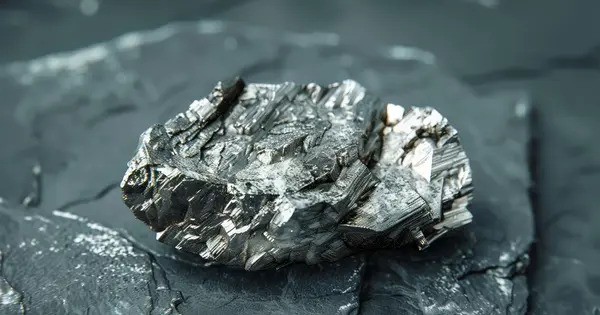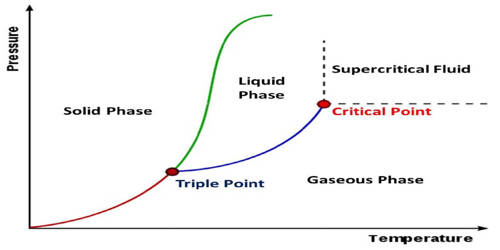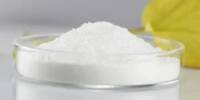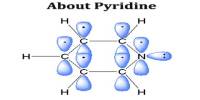Gadolinium disilicide is a binary inorganic compound of gadolinium and silicon with the chemical formula GdSi2. It is an intermetallic compound composed of gadolinium, a rare-earth element, and silicon. It crystallizes in an orthorhombic or tetragonal structure, depending on preparation conditions, and belongs to the family of rare-earth silicides widely studied for their unique electronic, magnetic, and structural properties.
Physically, gadolinium disilicide is a metallic solid with high thermal and chemical stability, making it resistant to oxidation and corrosion. It exhibits good electrical conductivity and has been explored as a candidate material for thin films and electronic devices. Its thermal expansion is well matched to silicon, allowing for epitaxial growth on silicon substrates, which is valuable in semiconductor technology.
Magnetically, GdSi₂ is interesting because gadolinium carries localized 4f electrons, leading to significant magnetic moments. The compound has been studied for potential use in spintronics and magnetic storage due to its magnetic ordering at low temperatures.
Synthesis
GdSi2 can be produced by heating gadolinium and silicon in the presence of mercury. The mercury is removed by distillation after the reaction. The compound can also be produced by the reaction of magnesium silicide and gadolinium chloride.
Properties
The compound features a metallic luster and exceptional thermal stability with a high melting point, ideal for high-temperature environments. Its semiconducting behavior varies with temperature and doping, while its hexagonal crystal structure (space group P6/mmm) underpins distinctive electronic and magnetic properties.
- Chemical formula: GdSi2
- Molar mass: 213.42 g·mol−1
- Appearance: Сrystals
- Density: 5.9 g/cm3
- Melting point: 1,540 °C (2,800 °F; 1,810 K)
- Solubility in water: insoluble
- Crystal structure: Commonly crystallizes in tetragonal or orthorhombic structures, depending on synthesis conditions.
- Magnetic behavior: Influenced by gadolinium’s unpaired f-electrons, exhibiting interesting magnetic properties such as ferromagnetism or paramagnetism at certain temperatures.
- Electrical properties: Gadolinium disilicide is a metallic conductor with low resistivity, making it useful in electronic applications.
- Thermal stability: Stable at high temperatures; resistant to oxidation compared to pure gadolinium.
Chemical properties
The compound is easily oxidized when heated; this fact limits its applications.
Occurrences
- Gadolinium disilicide does not occur naturally; it is a synthetic compound.
- It is typically produced by direct reaction of gadolinium metal with silicon at elevated temperatures.
- Thin films and nanowires of GdSi₂ can be grown on silicon substrates, making it important in semiconductor technology.
- Applications are mostly research-focused, particularly in microelectronics, magnetic devices, and as potential contact materials in silicon-based devices.
Uses
In practical applications, gadolinium disilicide is investigated for use in microelectronics, Schottky barrier contacts, and optoelectronic devices, as well as in coatings that require high stability under extreme conditions. Its combination of rare-earth magnetism with silicon compatibility makes it a material of ongoing interest in both materials science and applied physics research.
Key applications include: thermoelectric materials leveraging electrical conductivity and thermal insulation, advanced electronics (e.g., spintronics) due to gadolinium’s intrinsic magnetism, magnetic materials research, where its phenomena are studied for novel device integration.
The compound remains a focal point in materials science and condensed matter physics for its multifunctional characteristics.
















